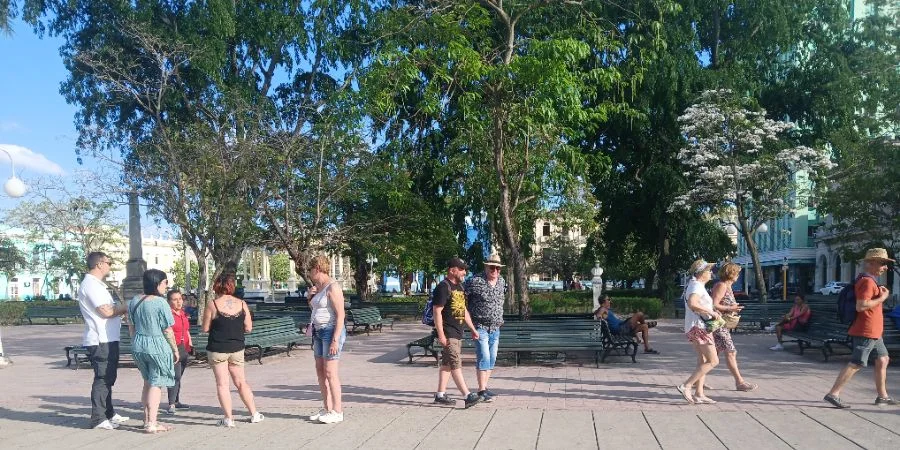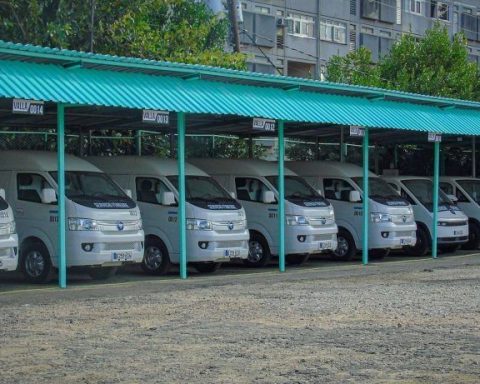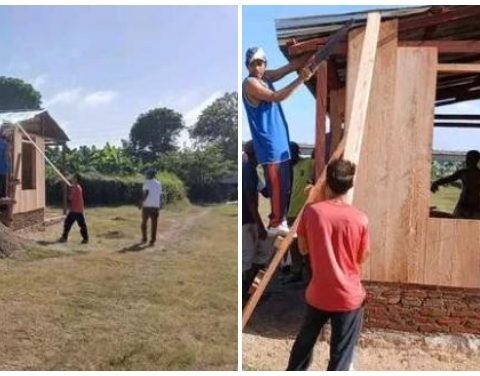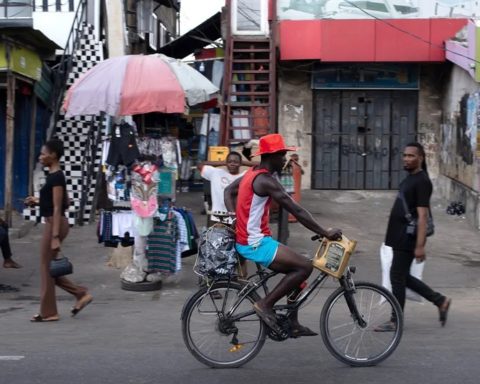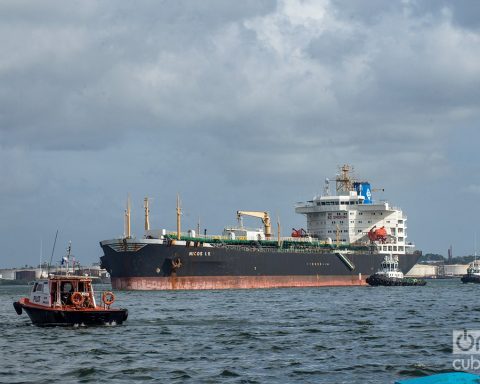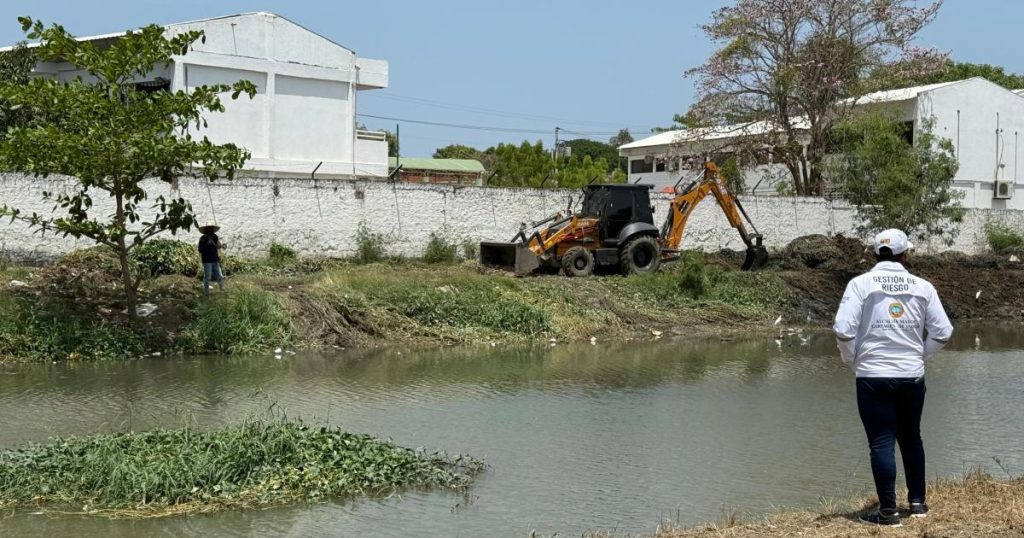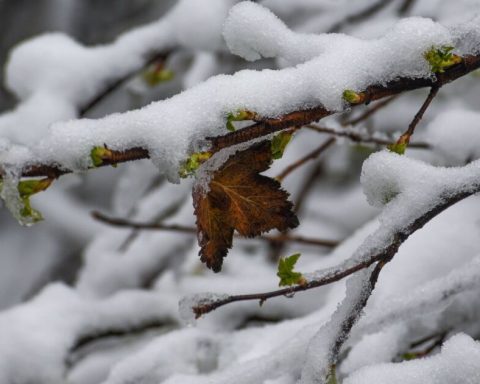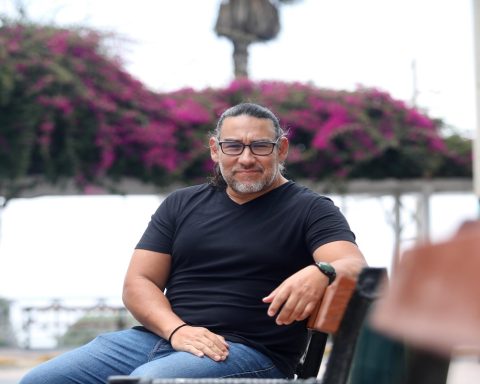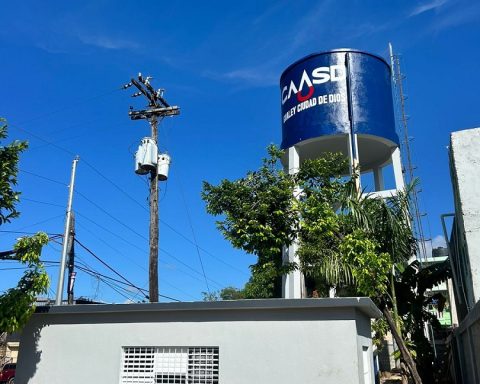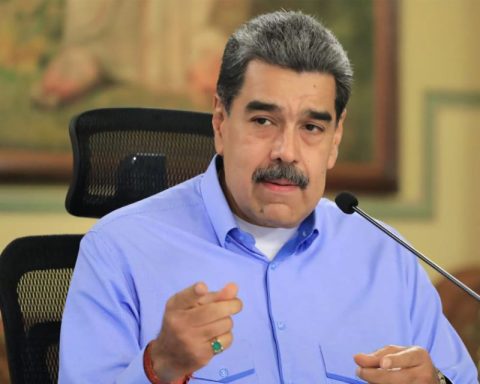Santa Clara, Cuba. – Around 10:00 at night and in the middle of the blackout scheduled for one of the circuits of the center of Santa Clara, a couple of Canadians ask a group of premises about some close place where to spend the night. The hostel where they were staying, located towards the periphery, had been reached by a blackout of more than five hours. With the suitcases in tow they end up attracted by the only halo of light that illuminates the park and that comes from the Central Hotel, “benefited” with an electric plant and where the few foreigners who are passing through.
Although Santa Clara has always been a city of short stay, currently prolonged blackouts have made considerably diminish the influx of foreign visitors, as in other provincial headwaters such as Cienfuegos, where energy cuts exceed 20 hours a day.
Near to the Malecon of this city in the southern center of Cuba, Barbara has its rental house with two rooms independent at the price of $ 15 a night, one of the cheapest in that area, where rentals at better moments could reach 30 USD. In the last two months he has barely managed to capture four reservations. “Before you could live only from this, there was enough money, but for a while here it has become very difficult,” says the hospitality via WhatsApp. “In my case, I have to pay a ship to have the clientele hurt from the same terminal to here, especially to tourists who come without reservations or backpackers who spend one night nothing more to continue to Rancho Luna, who I logically have to charge less for the stay.”
Even in tourist destinations with coasts and beaches, the descent of tourists has been noticed. Much of the landlords who previously kept their rooms full in high season, are now affected by their main source of income and, although they try to keep afloat, the supply of available hostels exceeds the little demand of foreigners before attracted by the so -called city tourism. Streets full of garbage, old buildings in collapse, restaurants with faces and poor offers is the panorama that many visitors find in their path in a good part of the Cuban cities.
Eight years ago the hospitality business in Cuba was much more lucrative. In fact, Airbnb portal itself reported The entrance to the island of 70,000 guests as a monthly average in 2017 and income for accommodation owners that totaled 40 million dollars since the platform began operating on the island in 2015. Just last month, the academic and tourism expert José Luis Perelló in Interview with EFE He said that the current “decline” of this industry, although “accentuated” with the pandemic, gave signs of wear long.
“If you destroy the infrastructure that sustains those private houses based on blackouts and shortage of all kinds to build hotels in exorbitant way to which no one is going, inevitably the situation was going to lead to a collapse,” reason the whole country and especially of this type of transit tourism.
During Pandemiathe then owner of the B&B yellow hostel had launched the collaborative network Full With the aim of positioning hostels in search engines, offering mentoring actions, ads optimization and marketing Digital under the slogan of “full hostel, happy host.” “I am very sorry that my hosteler colleagues are not going as well as at some point it was, but they have never wanted to organize to simply claim their rights,” he adds. “Cuba is no longer seen or so beautiful, or so romantic, and nobody wants to go to a country that suffers such a crisis.”
If in more attractive areas for tourists, the decline of income has been noticed, to cooks without coasts or that do not classify among the first colonial villages such as Santa Clara, foreigners visits have become much more sporadic. Even in worse situation there are municipalities such as Sagua la Grande or Caibarién. The small groups of tourists who arrive by their own means remain, if perhaps, one or two nights and prefer to stay in the rental houses that have electric plants. However, at least in Villa Clara, there are very few hostels who have decided to invest in these generators, whose price exceeds $ 800 in the informal market, without adding the high cost of gasoline to keep them working.
“No foreigner is going to pay you at 25 or 30 euros to sleep with heat and mosquito net,” says Yadira Pentón, a young manager of a small hostel in Sancti Spíritus. In historically tourist areas such as Trinidad or Remedios, a considerable number of those who reside in colonial houses. Yadira, even, is worse than most of his colleagues because the hostel in which he works does not hold conservation titles nor is it located in the frequented patrimonial center. “Sometimes we spend months without receiving anyone, because there is a lot of competition and those that we rent away from the historic center we have had to lower prices. Having a hostel no longer gives much business,” he summarizes.

Precisely, after talking with several Santa Clara hosteleros Cubanet He was able to verify that those who have stays with certain comfort complain that other of their colleagues have lowered prices too much in order to capture customers at all costs, a situation that Saily González herself tried to alert and cushion with her full project. To this situation is added, as they explain, the speculative prices of the inputs that offer as part of the stay: drinks, soaps, sanitary paper …
“I recently had a reservation from Havana and tourists canceled it because another took them offering them a better price,” says one of these hosters in Santa Clara who prefers anonymity. “The solution for many of us has been renting for hours. Let’s say that right now we are staying thanks to unfaithful couples or people from other provinces that come to Villa Clara to do business.”
